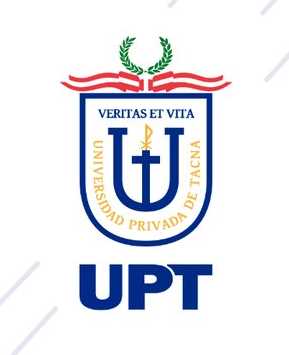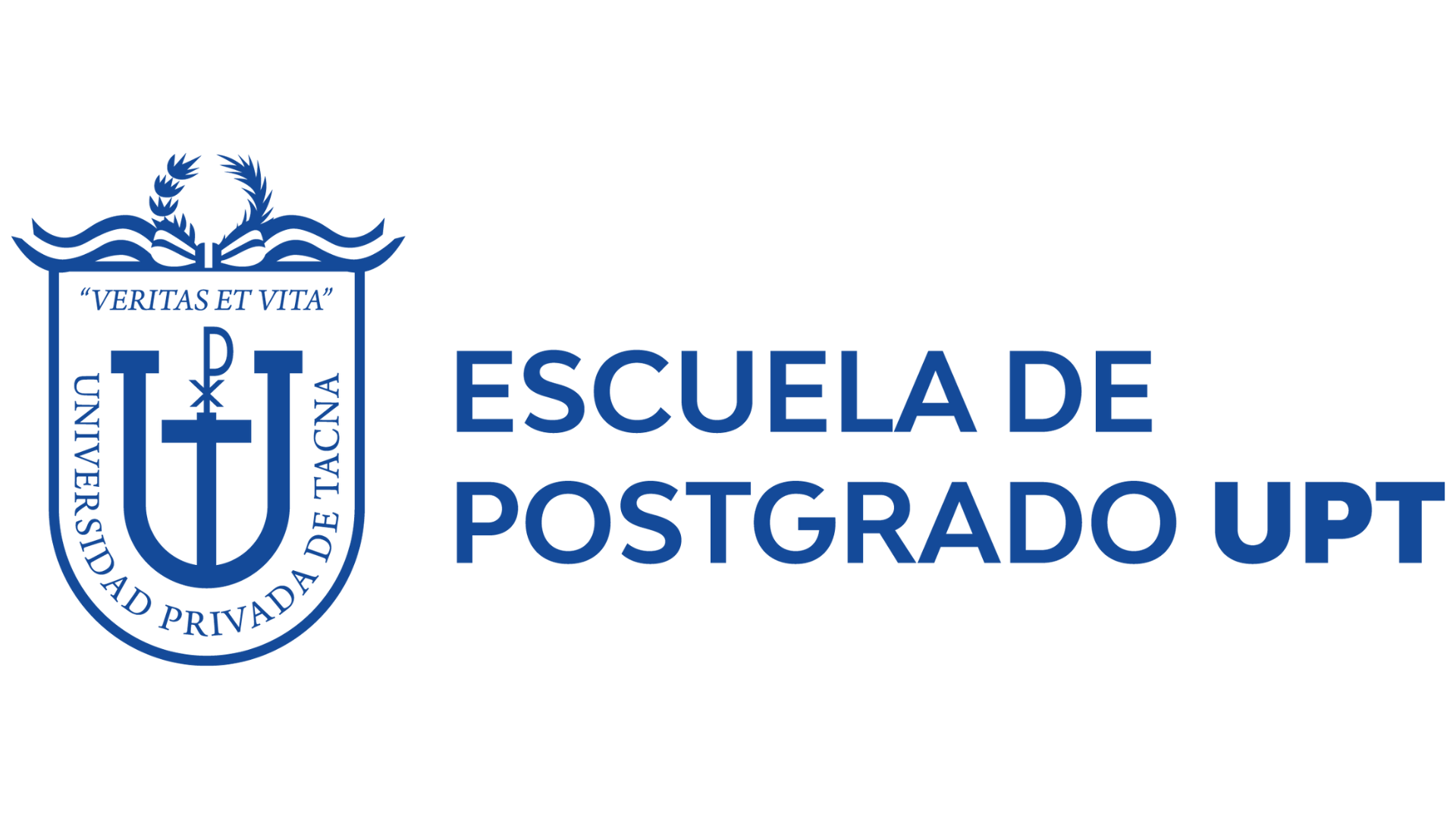Socio-occupational factors and their influence on the stress level of the nursing staff at Hospital III Daniel Alcides Carrión Essalud de Tacna, period 2009.
DOI:
https://doi.org/10.47796/ves.v1i01.351Keywords:
Stress levels, working and social factors, burnout syndrome, job insatisfactionAbstract
This research work is a basic, descriptive, correlational work based on specifying properties, characteristics and determination of the relationship between study variables namely: social and job factors and level of stress. Information was obtained by applying the Maslach Burnout Inventory (MBI). Study population was formed by nurses of the Hospital III Daniel Alcides Carrión de Tacna (ESSALUD).
Our objective was to determine the influence of social and job factor son stress (emotional burning out, depersonalization and personal realization), as present in nurses of the Hospital III Daniel Alcides Carrión ESSALUD de Tacna, period 2009.
Most important results were : nurses in the Hospital III Daniel Alcides Carrión ESSALUD Tacna, who are single, Young adults and have no children show higher levels of stress. We also demonstrated that nurses with a lower time of work and have office schedules show higher levels of stress. The level of stress in personnel working in critical emergency services and intensive care units (ICUs) as well as surgical centers have higher levels of stress. The stress level graded by emotional burning out and depersonalization is high. There is a low level of self-realization in studied population.













